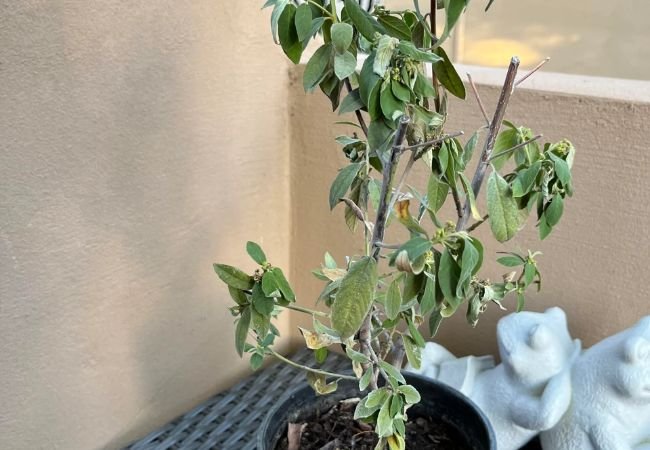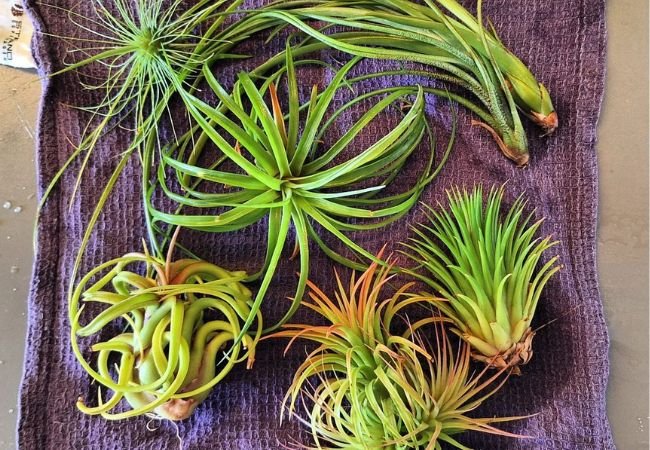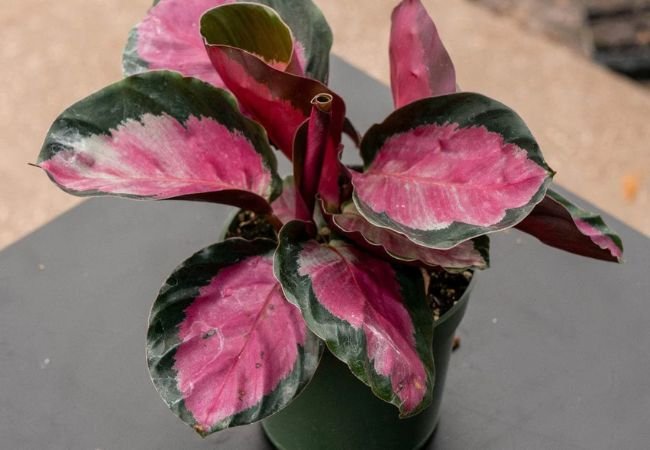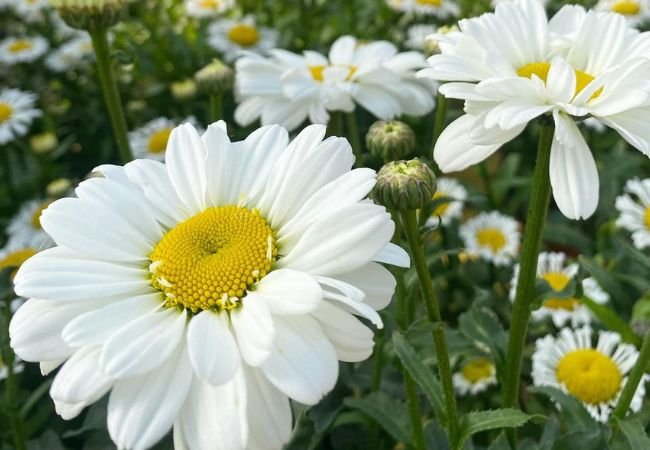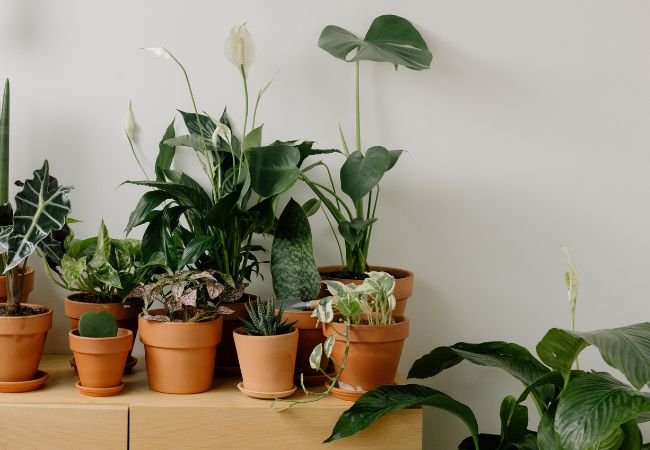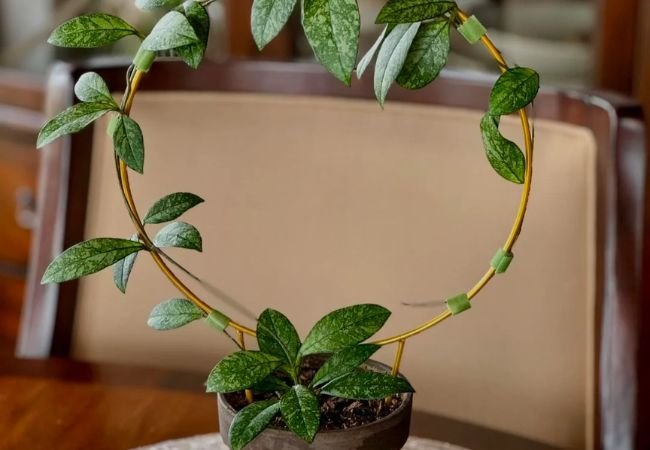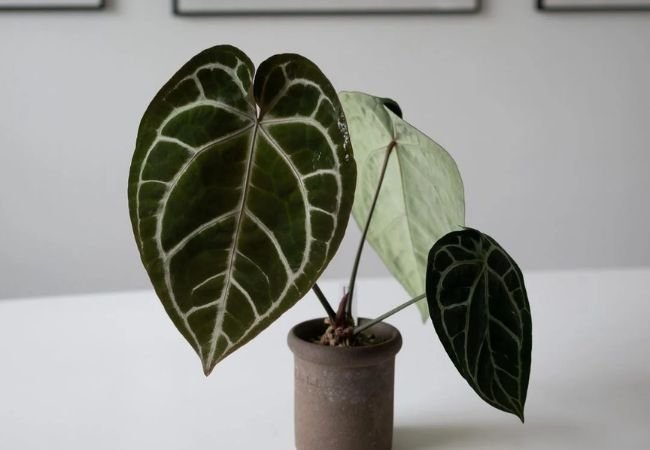Discover why your Coffeeberry plant is dying out. Learn about common problems, their causes and effective solutions to keep your Coffeeberry healthy and thriving.
Coffeeberry (Frangula californica), a native California shrub, is prized for its attractive foliage, drought tolerance and wildlife-friendly berries. However, even this hardy plant can face challenges that may cause it to die out. In this comprehensive guide, we’ll explore the common issues affecting Coffeeberry plants and provide practical solutions to help your shrub thrive.
Here’s a detailed chart for the Coffeeberry plant:
| Category | Details |
|---|---|
| Botanical Name | Frangula californica (formerly Rhamnus californica) |
| Common Name | Coffeeberry |
| Plant Zone | 7-10 |
| Sun Exposure | Full sun to partial shade |
| Soil Type | Well-drained, tolerates a variety of soil types |
| Watering | Low to moderate; drought-tolerant once established |
| Growth Habit | Evergreen shrub |
| Height/Spread | 3-15 feet tall / 3-10 feet wide (varies by variety) |
| Special Features | Attractive berries, wildlife friendly, native to California, low maintenance |
Understanding the Coffeeberry Plant
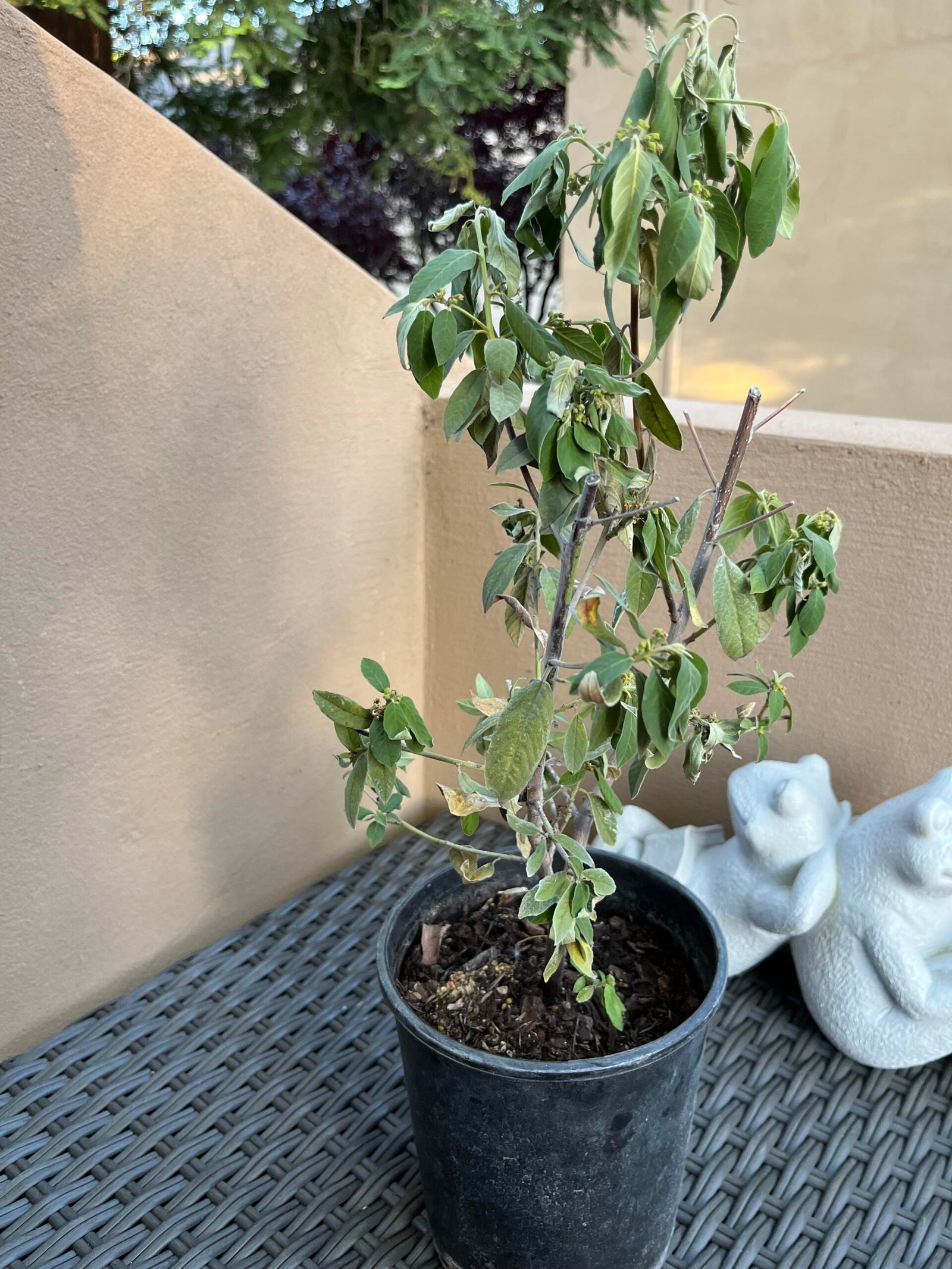
Before we dive into the problems, let’s quickly review some key facts about Coffeeberry:
- Native to California and parts of Oregon
- Evergreen shrub that can grow up to 6-15 feet tall
- Prefers well-draining soil and full sun to partial shade
- Drought-tolerant once established
- Produces small, dark berries loved by birds and wildlife
Now, let’s explore the reasons why your Coffeeberry might be struggling.
Common Issues and Solutions
1. Overwatering
Despite being drought-tolerant, Coffeeberry can suffer from overwatering, especially in poorly draining soils.
Signs:
- Yellowing or wilting leaves
- Soft, mushy stems
- Root rot
Solution:
- Reduce watering frequency
- Ensure proper drainage in the planting area
- If potted, use a well-draining potting mix
Prevention Tip: Water deeply but infrequently, allowing the soil to dry out between waterings.
2. Underwatering
While established plants are drought-tolerant, young Coffeeberry plants need regular watering.
Signs:
- Drooping or curling leaves
- Dry, crispy leaf edges
- Premature leaf drop
Solution:
- Increase watering frequency, especially during hot, dry periods
- Apply a 2-3 inch layer of mulch around the base to retain moisture
Prevention Tip: During the first growing season, water your Coffeeberry regularly to help establish a strong root system.
3. Improper Soil Conditions
Coffeeberry prefers well-draining, slightly acidic to neutral soil.
Signs:
- Stunted growth
- Yellowing leaves (chlorosis)
- Poor overall health
Solution:
- Amend heavy clay soils with organic matter to improve drainage
- If soil is too alkaline, add sulfur or peat moss to lower pH
Prevention Tip: Before planting, test your soil and amend as necessary to create ideal growing conditions.
4. Pest Infestations
While generally pest-resistant, Coffeeberry can sometimes fall victim to insects like scale or spider mites.
Signs:
- Visible insects or webbing on leaves
- Distorted or discolored leaves
- Sticky residue on leaves (honeydew from scale insects)
Solution:
- For minor infestations, remove pests by hand or with a strong spray of water
- Use insecticidal soap or neem oil for more severe cases
- Encourage beneficial insects like ladybugs and lacewings
Prevention Tip: Regularly inspect your plant for signs of pests and treat promptly if detected.
5. Fungal Diseases
In overly wet conditions, Coffeeberry can develop fungal diseases like root rot or leaf spot.
Signs:
- Dark spots on leaves
- Wilting despite moist soil
- Discolored or mushy roots
Solution:
- Remove affected parts of the plant
- Improve air circulation by pruning dense growth
- Apply a fungicide if necessary
Prevention Tip: Avoid overhead watering and ensure good air circulation around your plant.
6. Nutrient Deficiencies
While Coffeeberry isn’t a heavy feeder, nutrient deficiencies can occur, especially in poor soils.
Signs:
- Yellowing leaves (often starting between veins)
- Stunted growth
- Poor fruit production
Solution:
- Apply a balanced, slow-release fertilizer in spring
- Add compost or well-rotted manure to enrich the soil
Prevention Tip: Conduct a soil test every few years to check nutrient levels and amend as needed.
7. Improper Pruning
Overzealous or poorly timed pruning can stress your Coffeeberry.
Signs:
- Dieback of branches
- Reduced flowering and fruiting
- Weak new growth
Solution:
- Prune lightly to shape the plant or remove dead/diseased branches
- Time major pruning for late winter or early spring before new growth begins
Prevention Tip: Research proper pruning techniques for Coffeeberry and avoid heavy pruning unless necessary.
General Care Tips for Healthy Coffeeberry Plants
- Location: Choose a planting site with full sun to partial shade, protected from harsh afternoon sun in hot climates.
- Soil Preparation: Before planting, amend soil with organic matter to improve drainage and fertility.
- Watering: Water deeply but infrequently, allowing the soil to dry between waterings. Reduce watering in winter.
- Mulching: Apply a 2-3 inch layer of organic mulch around the base of the plant, keeping it away from the stem.
- Fertilizing: Feed lightly in spring with a balanced, slow-release fertilizer if soil is poor.
- Pruning: Prune lightly to maintain shape and remove dead or diseased branches as needed.
- Winter Care: In colder regions, protect young plants from frost with burlap or frost cloth.
When to Seek Expert Help
If you’ve tried these solutions and your Coffeeberry is still struggling, consider consulting a local nursery or cooperative extension office. They can provide personalized advice based on your specific growing conditions and may be able to diagnose less common issues.
Coffeeberry is a beautiful and resilient plant that can thrive with proper care. By understanding and addressing common issues, you can keep your Coffeeberry healthy and enjoy its attractive foliage and wildlife-friendly berries for years to come. Remember, prevention is key – providing the right growing conditions from the start will go a long way in avoiding problems down the road.
Learn more about native California plants
Discover tips for water-wise gardening
Happy gardening, and may your Coffeeberry flourish in your landscape!

